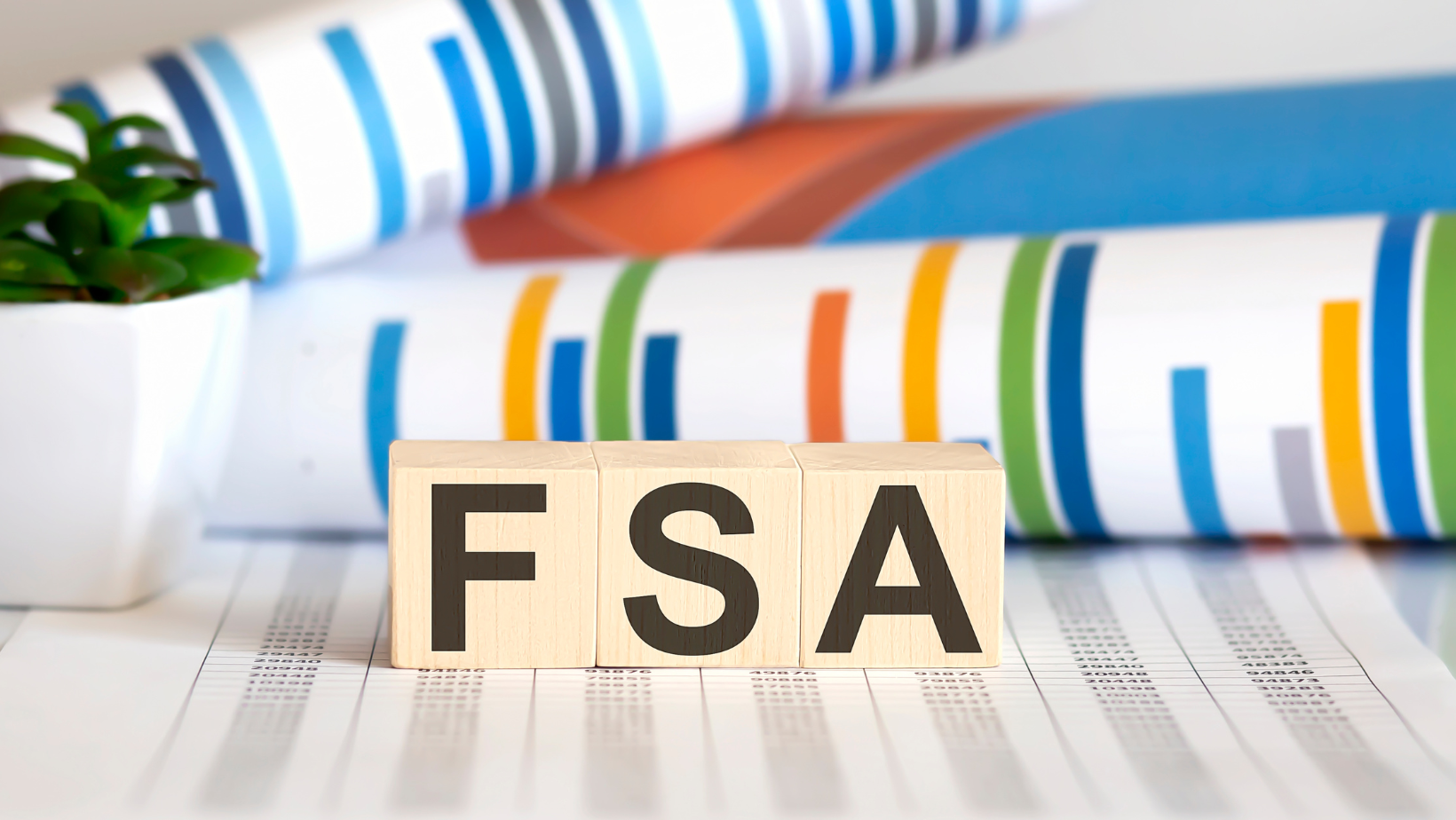
Help Employees Maximize FSA Benefits Before Year-End
The IRS pretax contribution limit for flexible spending accounts (FSAs) is increasing to $3,400 for 2026. This is up from $3,300 in 2025.
FSAs can help employees manage out-of-pocket health care expenses while reducing their taxable income.
But despite the advantages of FSAs, employees often misunderstand or underutilize them. As year-end deadlines loom, it’s a good time for HR staff to educate employees on how to get the most out of their FSA funds.
The advantages of FSAs
FSAs offer tax savings for employees and employers. When employees contribute pretax dollars to an FSA, they reduce their federal, state and FICA tax liabilities. According to the human resources association SHRM, these savings can amount to hundreds of dollars a year per employee.
Beyond tax savings, FSAs support employee well-being by enabling more effective health care planning and budgeting.
Organizations also benefit from reduced payroll taxes when employees contribute to an FSA. Offering these accounts can improve talent acquisition and retention by enhancing your overall benefits package. It can also boost your reputation by supporting employees’ financial planning and well-being.
Communicate early and often
Despite their potential, FSAs can be confusing. The online magazine HR Executive reports that around 33% of employees find FSAs complicated. This complexity can lead to underutilization or forfeiture of funds.
Frequent and consistent communication can help combat these challenges. Engage employees in FSA education early and often:
- Simplify enrollment: Make it easy for employees to enroll. Provide clear instructions on setting contribution amounts and using funds for qualified expenses. Highlight your benefits portal or FSA administrator’s contact information.
- Use multiple communication channels: Include FSA reminders in benefits emails, newsletters and social media posts. Use fliers in breakrooms and common areas. Consider sending mailers to employees’ homes to reach dependents who may influence health care decisions.
Educate employees on FSA-eligible items
Many employees don’t understand the range of expenses FSAs can cover. Educating them on eligible items can boost participation and improve health care planning.
Common FSA-qualified expenses include:
- Copays, coinsurance and deductibles
- Prescription and over-the-counter medications
- First-aid supplies
- Dental and orthodontic treatments
- Eye exams, glasses and contact lenses
Include examples of FSA-eligible items in your benefits communications to increase understanding and accessibility.
Support employee planning
Encourage employees to assess their health care spending over the past one to two years. Reviewing their expenses can help them estimate current and future needs to set appropriate FSA contributions.
Highlight common considerations, including:
- Ongoing treatments or prescriptions
- Planned procedures like orthodontics or laser eye surgery
- Family health needs and risks, including those of dependents
A proactive approach can help employees avoid under- or overfunding their accounts.
Explain your year-end policy
One of the most important aspects of FSA education is helping employees understand your organization’s year-end policy. FSAs are subject to a use-it-or-lose-it rule. This means unused funds will be forfeited if they aren’t spent by the deadline.
Your plan can offer one of two IRS-approved options:
- Carryover: For 2026, employees can roll over up to $680 into the next plan year. This figure is up from $660 in 2025.
- Grace period: This option gives employees an additional 2½ months after the plan year to use remaining FSA funds.
You can only offer one of these options, not both. Ensure employees understand which option applies and how to take advantage of it. Increase communications in November and December to remind employees of deadlines and spending strategies.
Prevent FSA forfeitures
According to data from the FSA automation firm Silver and HR Executive, around 50% of FSA accountholders forfeit funds. These forfeitures average around $400. That sum can negatively affect employees’ financial well-being and perception of FSAs.
To help employees avoid forfeitures:
- Encourage them to use FSA debit cards for eligible purchases.
- Remind them to save receipts for reimbursement.
- Share tips for spending FSA funds before the deadline.
Consider hosting an “FSA Awareness Week” to increase visibility and understanding. Send more frequent communications as the end of the year approaches.
Partner with your benefits adviser
FSAs can be a valuable addition to your benefits strategy. But they require precise planning and communication. Helping employees maximize their FSAs can improve individual financial health and organizational benefits offerings.
For more information, talk to your insurance broker or benefits adviser. They can help you tailor your FSA communications and ensure your plan design aligns with the needs of your workforce and organization.

